Preparations for space shuttle Columbia’s first mission continued in October 1980, and managers remained optimistic that the initial flight could take place by March 1981, although April seemed like a more realistic possibility. The prime crew for STS-1, John W. Young and Robert L. Crippen, spent time in Columbia’s cockpit and mission simulators maintaining their proficiency for the historic mission. Multiple tests of the Space Shuttle Main Engines (SSME) progressed toward certifying them for flight. Engineers in the Orbiter Processing Facility (OPF) at NASA’s Kennedy Space Center (KSC) made minor modifications to Columbia’s SSMEs and continued installing the orbiter’s thermal protection system tiles, with only a few hundred remaining to be attached. Young and Crippen practiced landing the space shuttle using a modified airplane at KSC. Mission controllers at NASA’s Johnson Space Center (JSC) in Houston completed another full mission simulation and a ship used to recover the Solid Rocket Boosters (SRB) began sea trials.
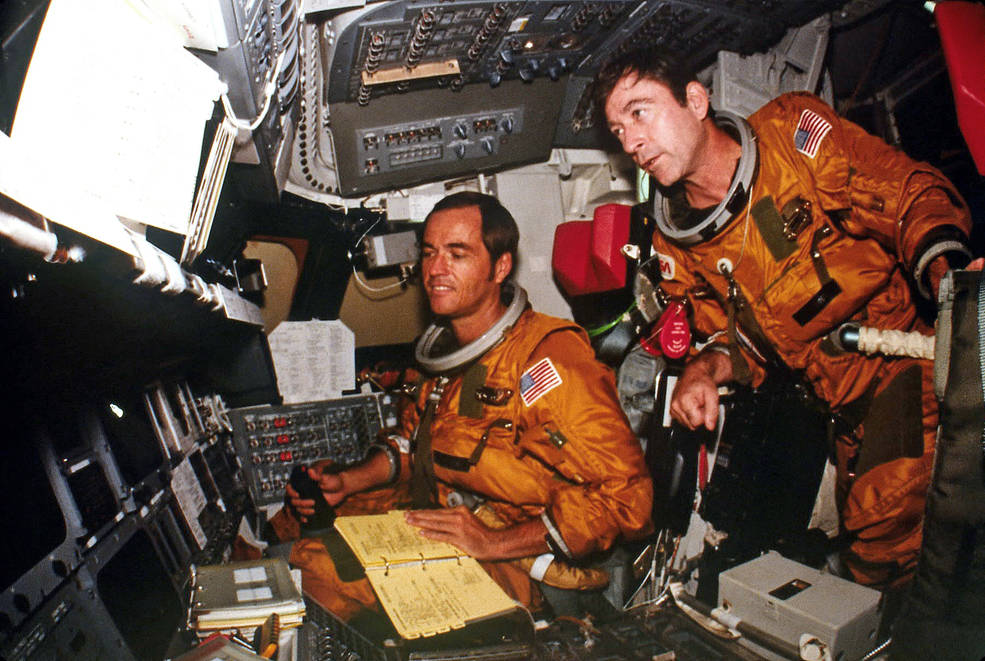
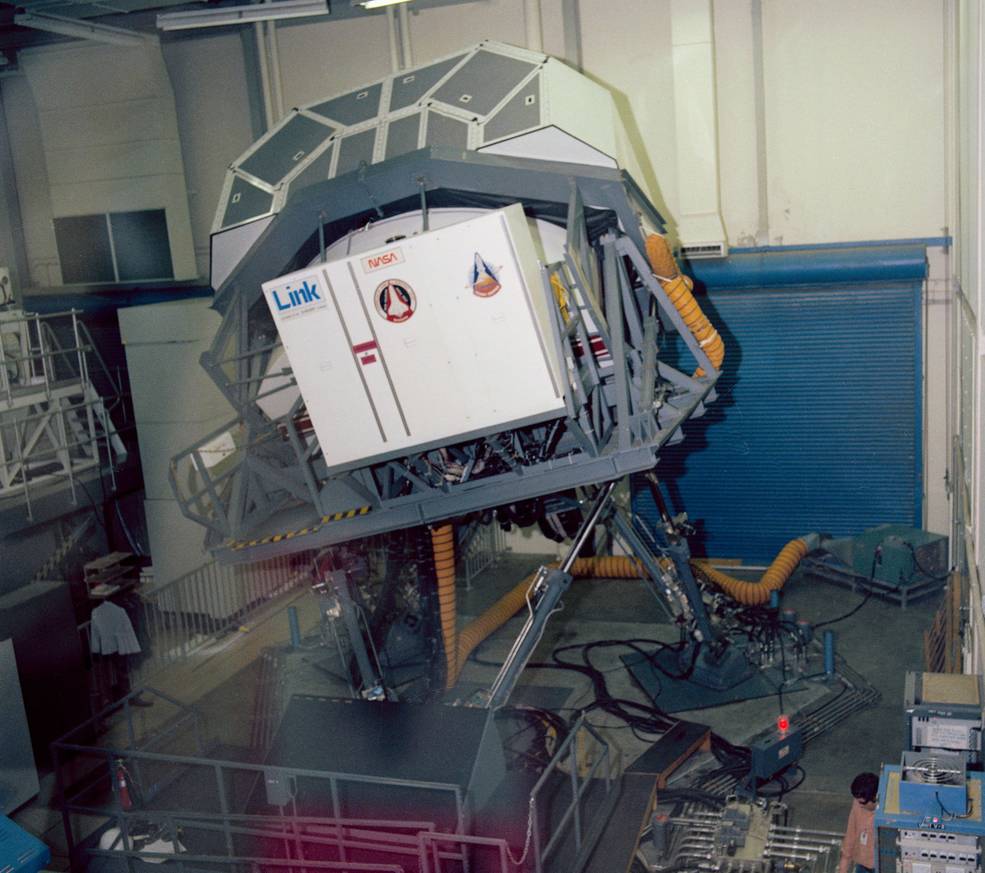
Left: STS-1 crew members Robert L. Crippen, left, and John W. Young, in Columbia’s
cockpit. Right: The motion-base shuttle simulator at NASA’s Johnson Space Center.
Young and Crippen spent much quality time in Columbia’s cockpit at KSC as well as mission simulators at JSC practicing various phases of their upcoming flight. On Oct. 28, they participated in the fourth 55-hour full mission simulation led by the Mission Control Center team at JSC. Flight directors Neil B. Hutchinson, Donald R. Puddy, and Charles R. Lewis led their teams through the mission’s timeline from a simulated launch to a simulated landing, an exercise that included unexpected malfunctions requiring coordinated responses by the controllers and the astronauts.
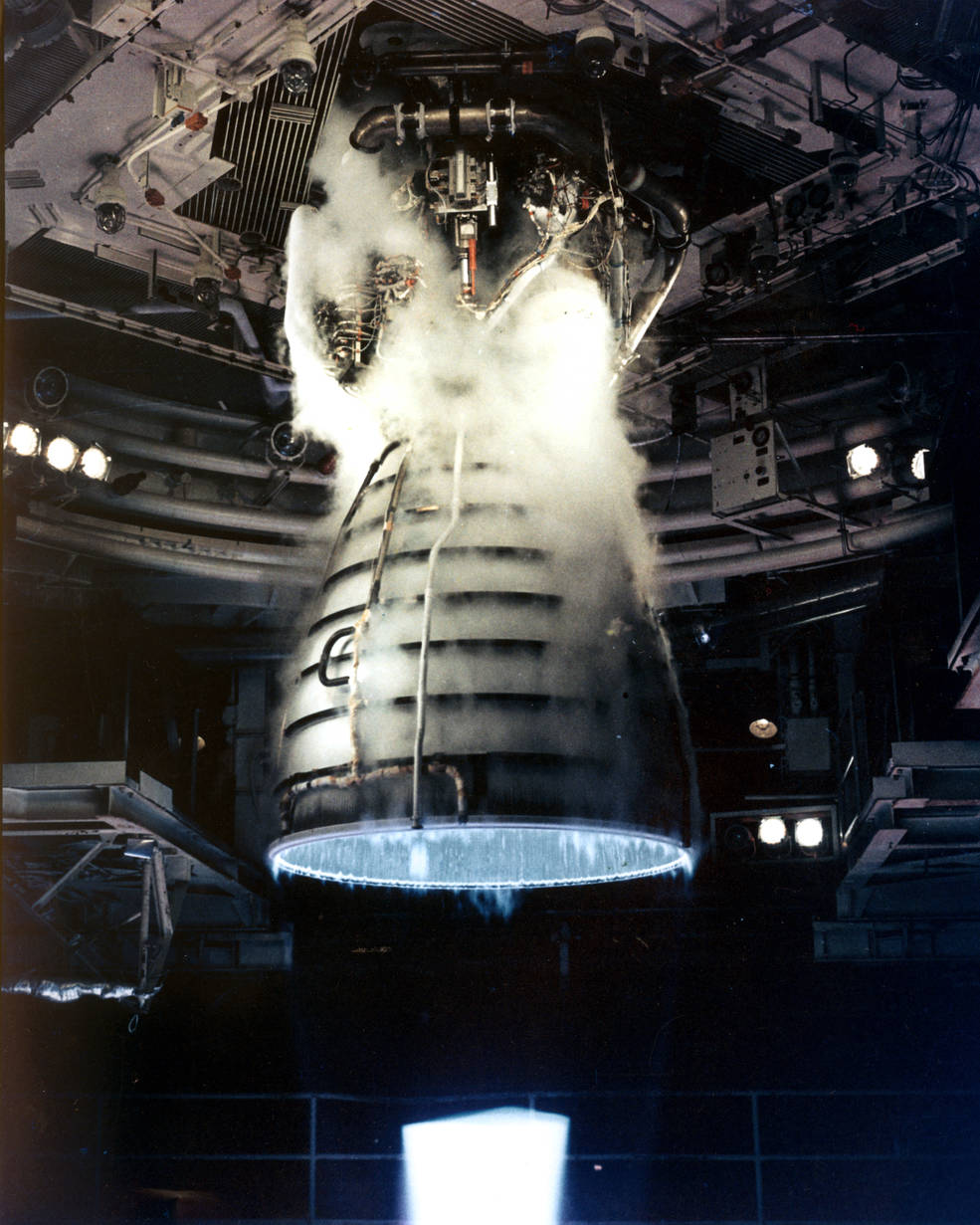
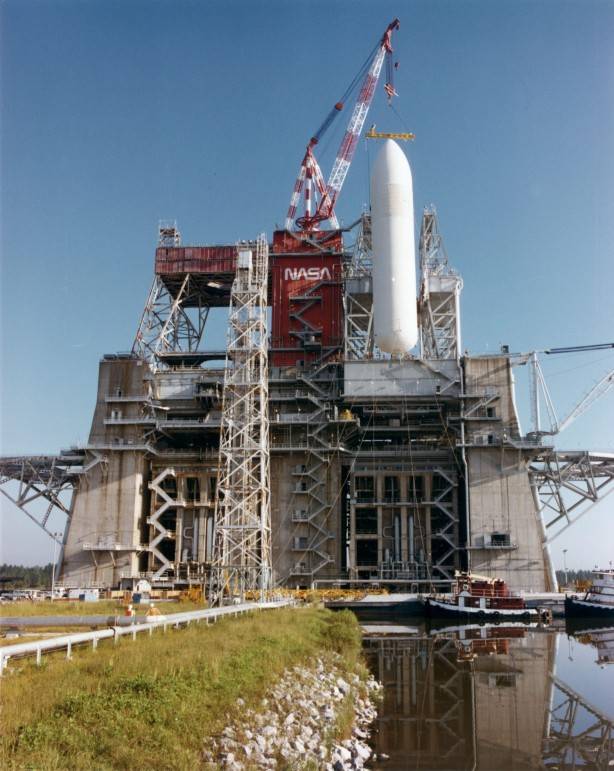
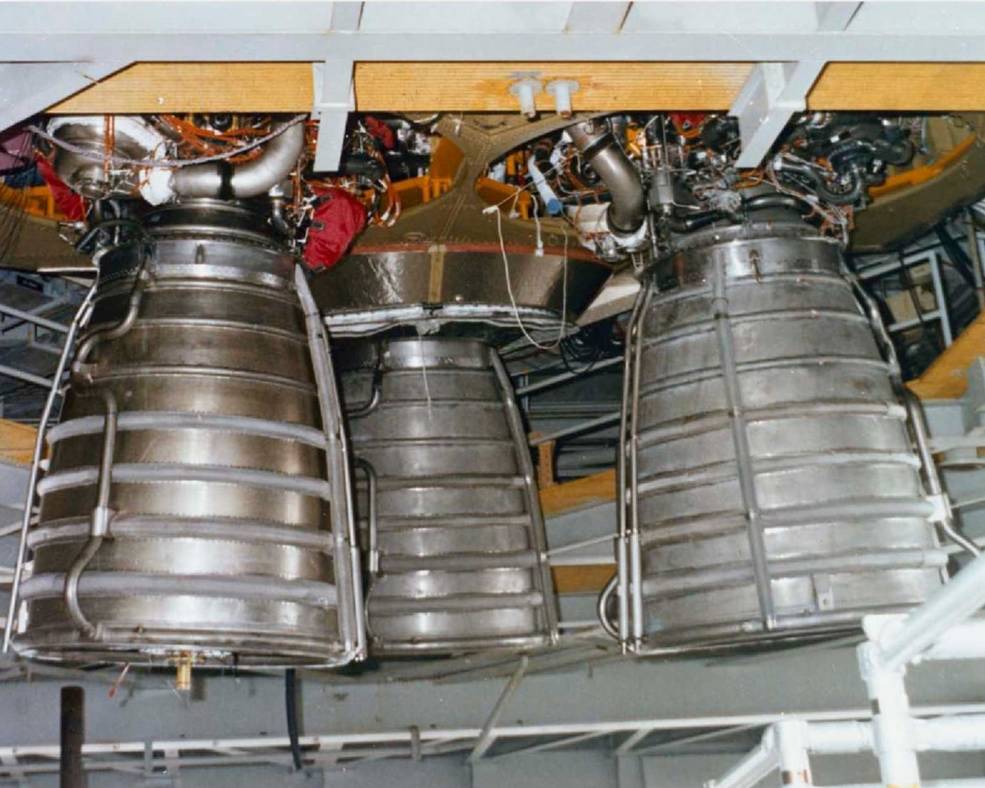
Left: A single Space Shuttle Main Engine (SSME) undergoing a test firing. Middle: An External Tank being lowered into the B-2 test stand at the National Space Technology Laboratory (NSTL), now NASA’s Stennis Space Center. Right: Three SSMEs installed in the Main Propulsion Test Article in test stand B-2 at NSTL.
As part of the certification protocol for the SSME, engineers conducted six single-engine tests, four in test stands at the National Space Technology Laboratories (NSTL) in Bay St. Louis, Mississippi, now NASA’s Stennis Space Center, and two at engine manufacturer Rocketdyne’s Santa Susana, California, facility. The single-engine tests led to the next three-engine test on Nov. 3 using the Main Propulsion Test Article (MPTA) installed in the B-2 test stand at NSTL. The MPTA consisted of an aft shuttle fuselage and an engine thrust structure outfitted to simulate the shuttle’s propulsion systems with an External Tank (ET) to provide fuel and oxidizer to the engines. In the OPF, engineers removed the three main engines on Columbia to perform minor modifications, and reinstalled them in early November. This unplanned activity did not impact the scheduled rollover of the orbiter from the OPF to the Vehicle Assembly Building for mating with the ET and SRBs later that month.
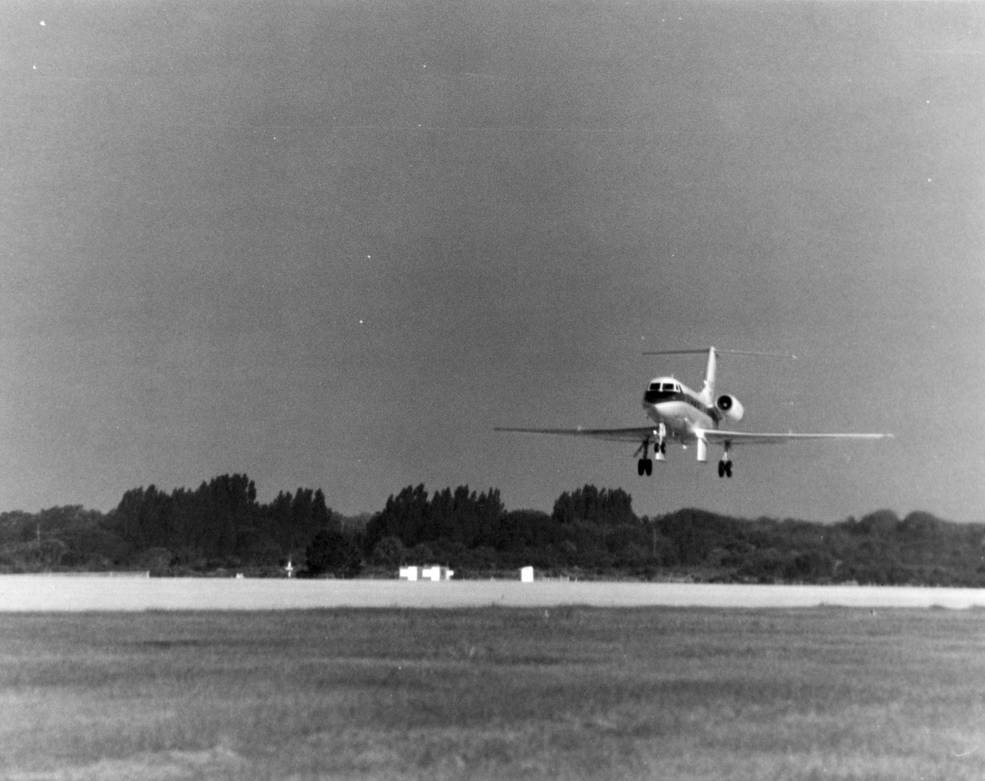
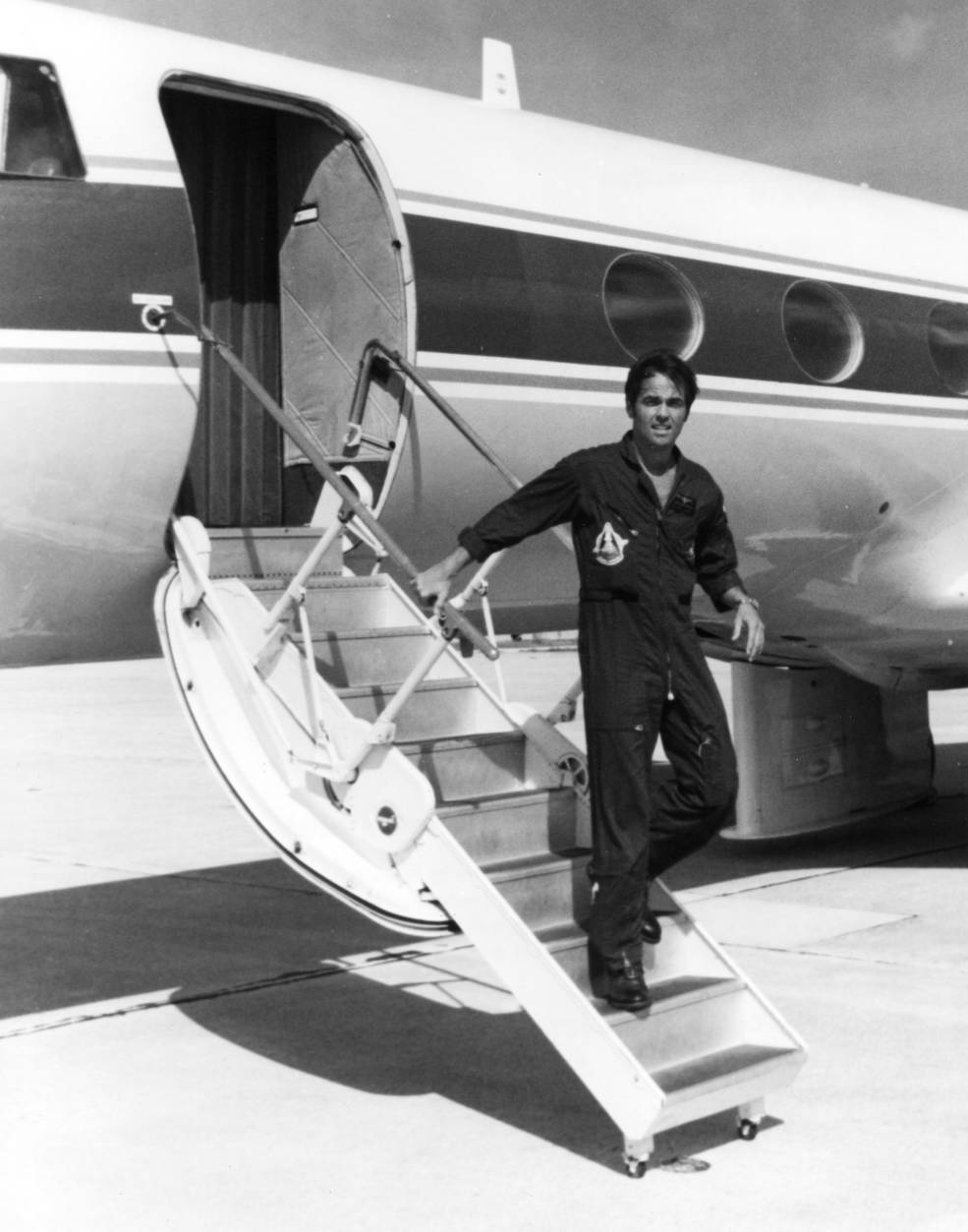
Left: STS-1 Pilot Robert L. Crippen practicing simulated shuttle landings in the Shuttle Training Aircraft (STA), a Grumman Gulfstream modified to simulate the landing characteristics of a shuttle orbiter. Right: Crippen exiting the STA after completing a series of practice landings.
At KSC’s Shuttle Landing Facility, Young and Crippen practiced landing the space shuttle using a modified Grumman Gulfstream aircraft. The Gulfstream simulated the shuttle’s steep approach to the runway, about seven times that of a commercial airliner. The major difference between landing a shuttle and the Gulfstream was that the latter had engines while the shuttle landed without power, requiring that the pilots had to stick the landing on the first try.
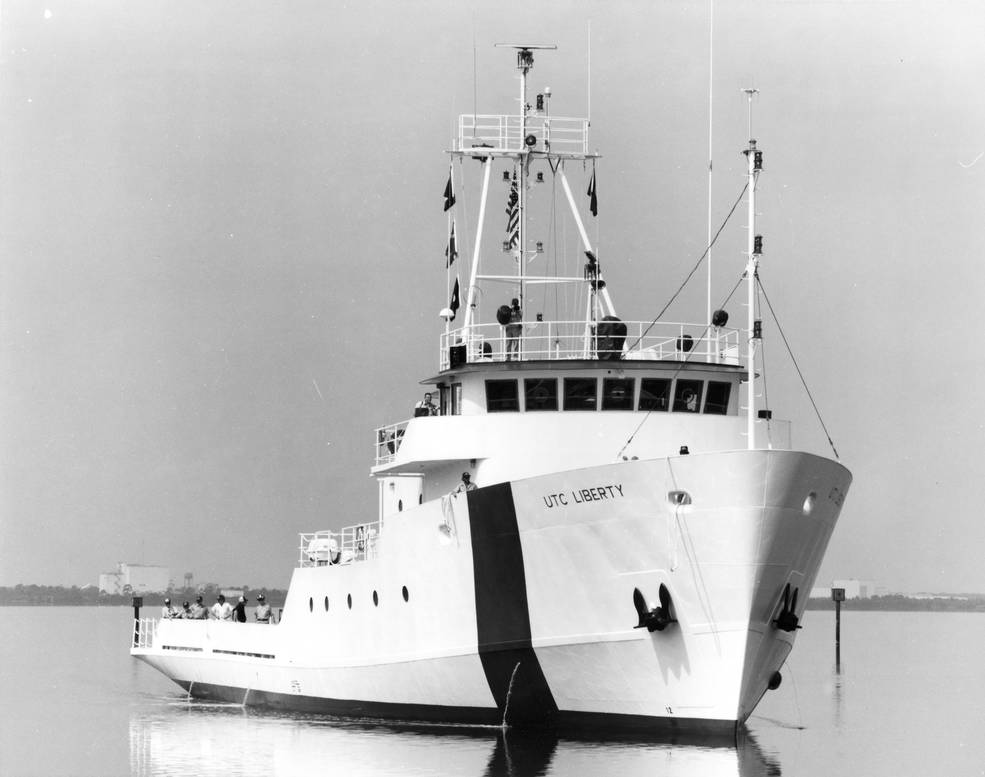
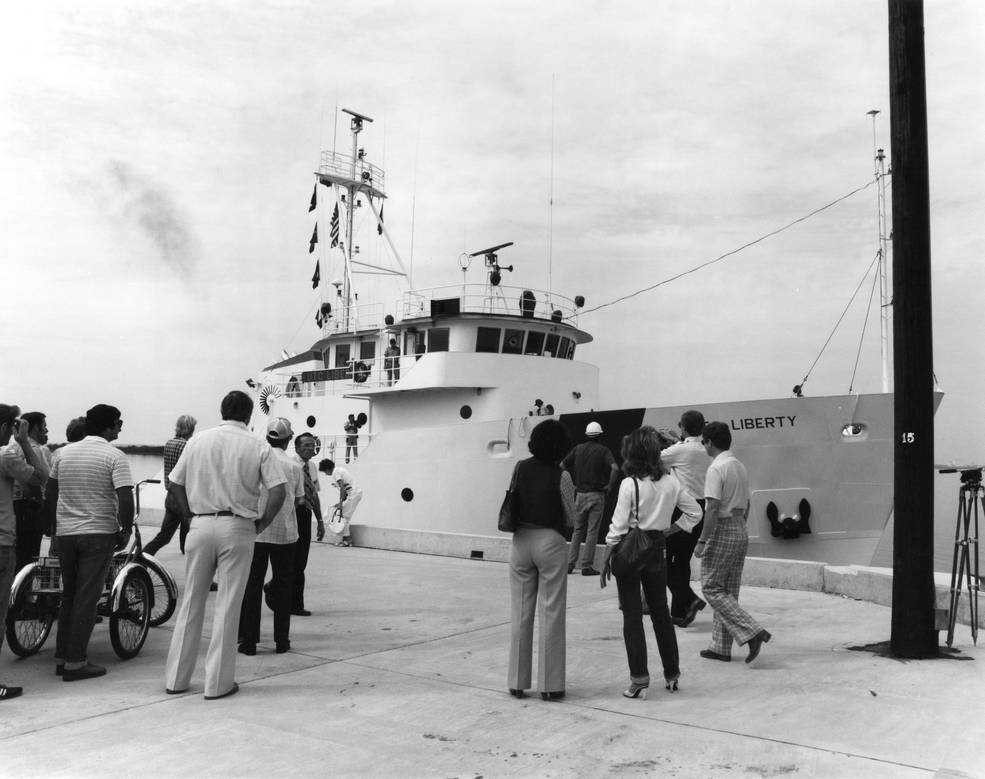
Left: Solid Rocket Booster recovery ship United Technology Corporation (UTC) Liberty. Right: UTC Liberty berthing at Hangar AF at Cape Canaveral Air Force Station in Florida.
The United Technologies Corporation (UTC) Liberty, the first of two ships specially modified to recover the space shuttle’s SRBs after launch, arrived at its berth at Hangar AF at Cape Canaveral Air Force Station in Florida on Oct. 22 to begin sea trials. The Liberty’s sister ship UTC Freedom was delivered to NASA in January 1981. Atlantic Marine, Inc., on Fort George Island near Jacksonville, Florida, built the ships for United Space Boosters, Inc., that operated them for NASA. The agency renamed the vessels the Motorized Vehicle (MV) Liberty Star and MV Freedom Star in 1984.
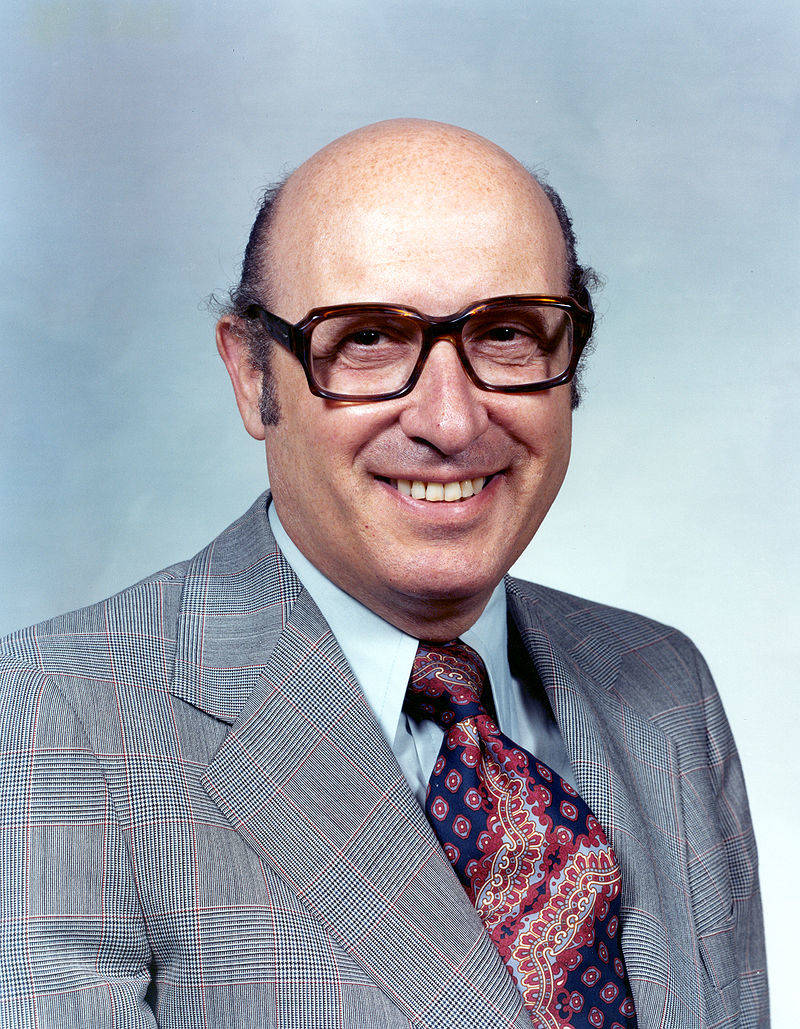
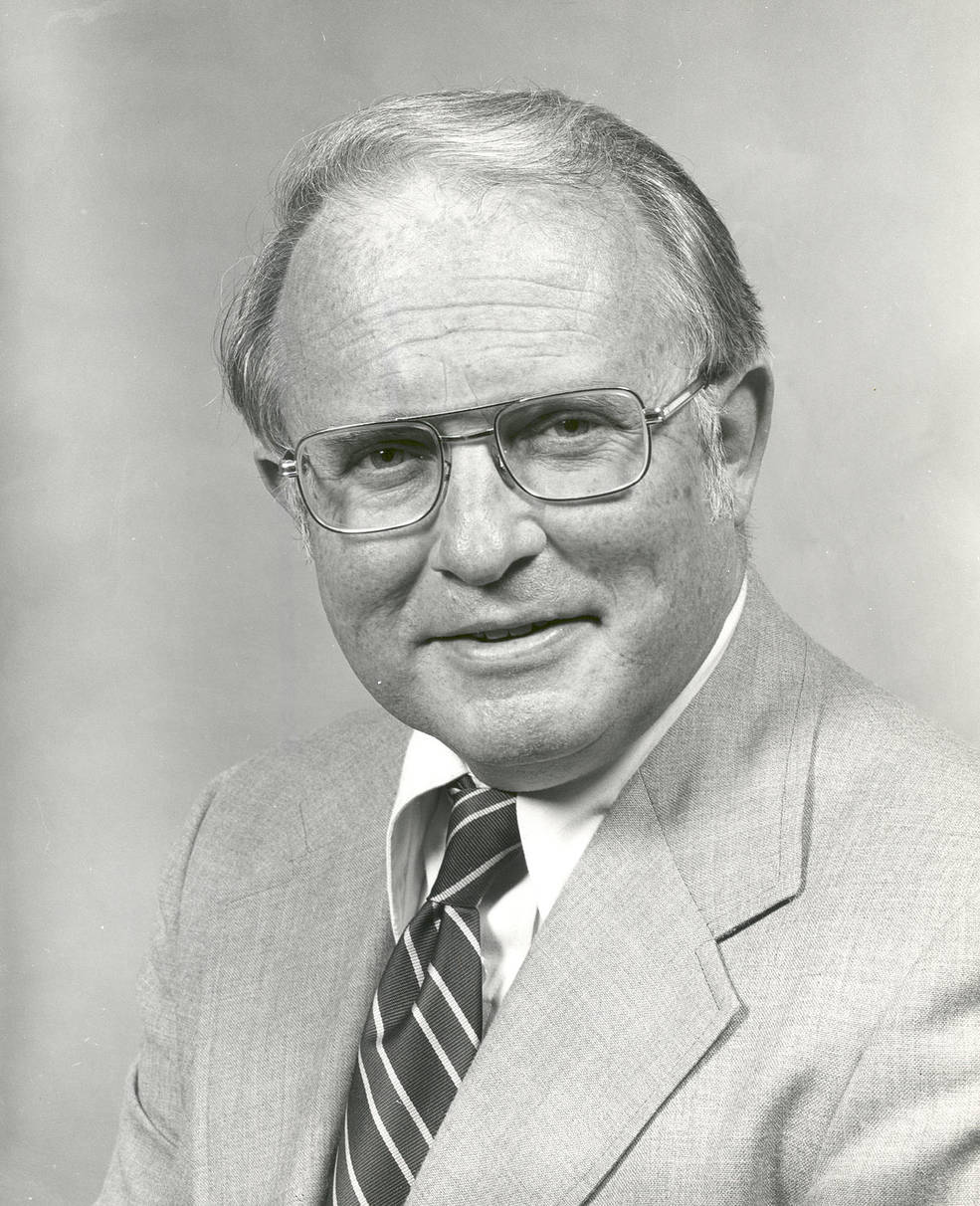
Left: NASA Administrator Robert A. Frosch.
Right: Deputy NASA Administrator Alan M. Lovelace.
On Oct. 7, NASA Administrator Robert A. Frosch informed President Jimmy Carter that he would resign from the Agency effective Jan. 20, 1981, to become the first president of the American Association of Engineering Societies. President Carter had nominated Frosch to be NASA Administrator on May 23, 1977, and he took the oath of office on June 21. Alan M. Lovelace, NASA Deputy Administrator, would take over as the acting administrator until the President named a new administrator.
To be continued…
Significant world events in October 1980:
October 9 – First consumer use of home banking by computer by United American Bank in Knoxville, Tennessee
October 11 – Soviet cosmonauts Leonid I. Popov and Valeri V. Ryumin return to Earth after a record-setting 185-day mission aboard Salyut-6 space station
October 14 – Republican presidential candidate Ronald W. Reagan promises to name a woman to the U.S. Supreme Court
October 21 – Philadelphia Phillies win their first World Series in their 98-year history
October 24 – John Lennon releases “(Just Like) Starting Over” in the United Kingdom
October 24 – Polish government legalizes Solidarity independent labor union




























